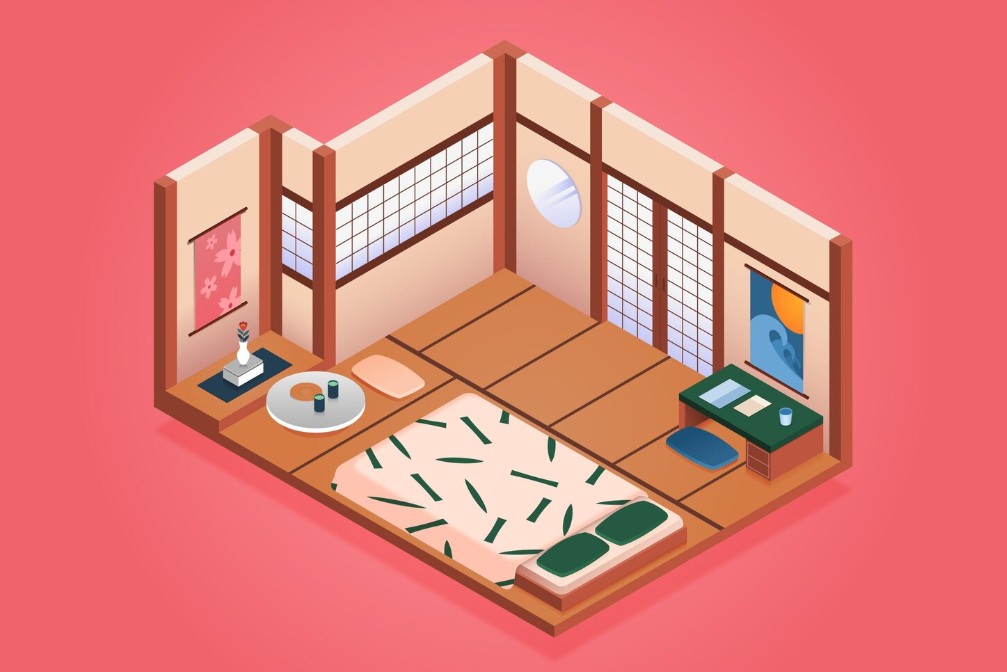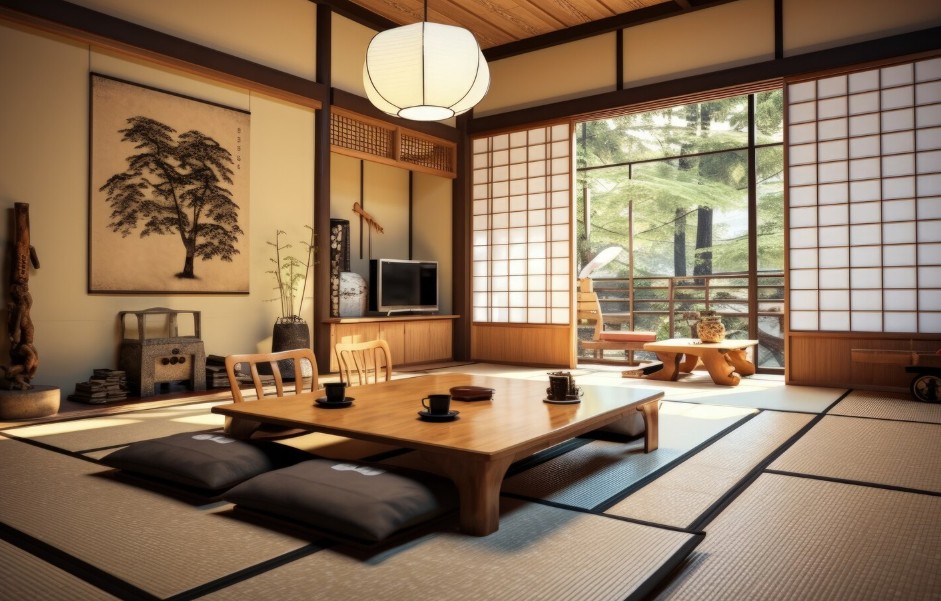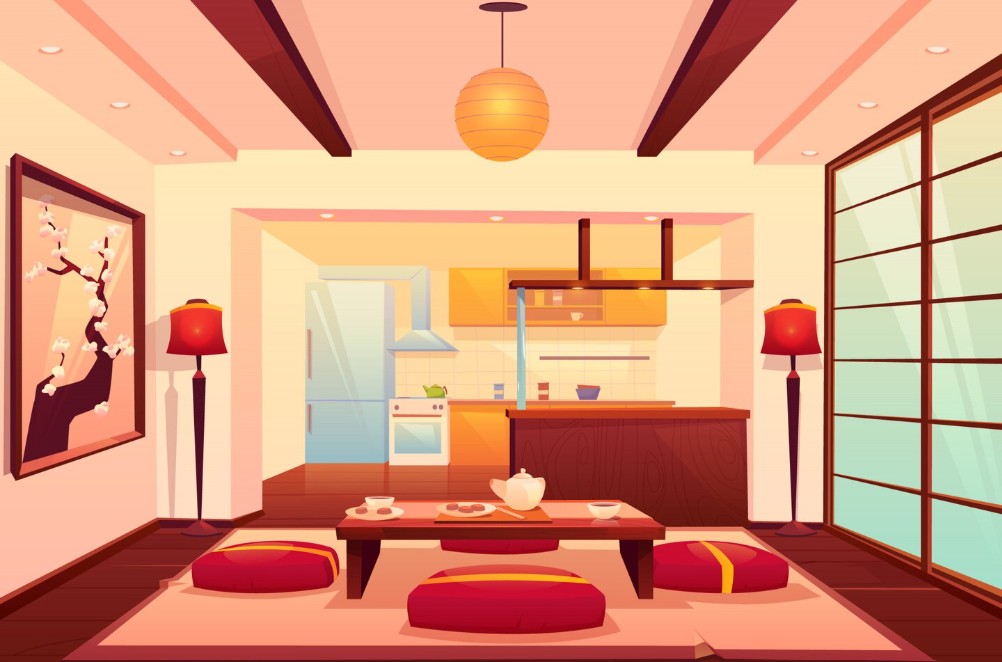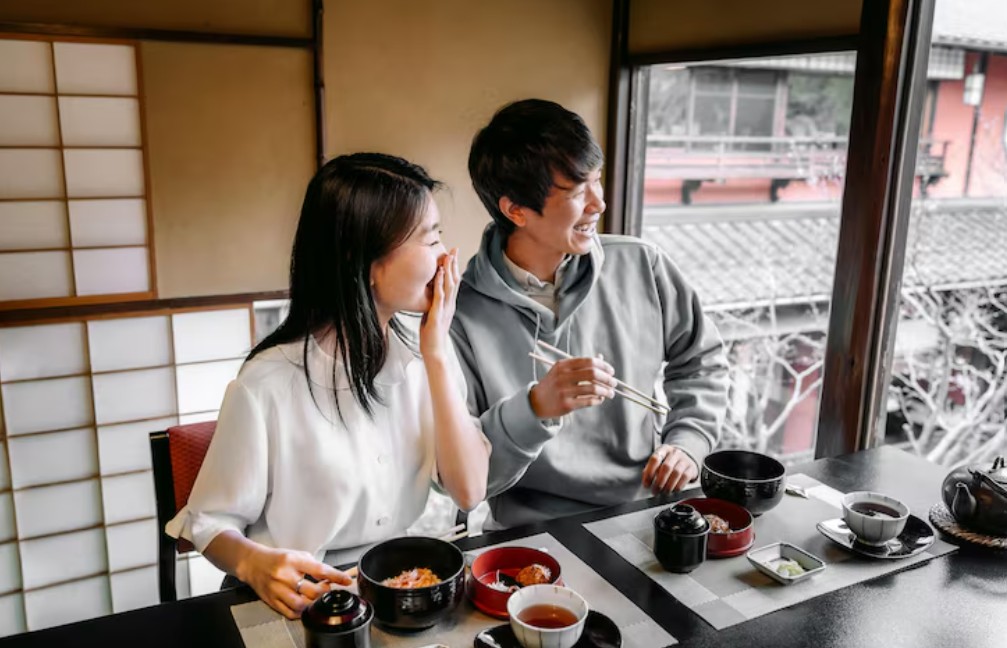Japanese Apartments Surviving on Ten Square Meters
When it comes to housing in Japan, many people are surprised: how can you live in an apartment the size of a wardrobe? Yet for Japanese people this is a familiar reality. Apartments of 10 to 20 square meters are not considered unusual; in fact, most people live quite comfortably in them. Let's break down what makes these conditions seem not harsh, and sometimes even convenient.

In This Article:
Why These Tiny Spaces Exist
In Japan, most small apartments are designed for a single occupant. This is not a whim of developers, but a reflection of a lifestyle in a country with high population density and expensive land. Such decisions make sense. Couples usually search for larger housing right away, and studios remain for students, young professionals, or those who value compactness and economy.

Fifteen Square Meters in Tokyo Feels Spacious
Try to imagine that 15 square meters in Tokyo is already spacious! In Moscow or St. Petersburg this would sound cramped, but in Japan this size provides everything you need: a place for sleeping, a place to work, and a small storage area.

No Separate Kitchen Only a Tiny Corner by the Entrance
There is no separate kitchen in such apartments, at most a tiny corner by the entrance: one or two burners, a narrow sink, and a couple of shelves. At first glance this may seem inconvenient, but remember that the Japanese rarely cook at home — almost always there is a grocery store with ready-made sets, bento, or a restaurant with inexpensive dishes within easy reach.

Lofts Double Usable Space
One of the discoveries of Japanese builders is the loft. This is a small second level with a low ceiling: it is usually used for a bedroom or storage, to free up the main floor. This technique literally doubles usable space. In a loft apartment you can place a mattress, a small table, and keep space for things. At the same time, the loft's area is not included in the official floor area, so rent remains affordable.

Social Life Outside the Home and Public Baths
Japanese people do not have a tradition of hosting at home: friends are rarely invited over; gatherings take place in cafes, bars, or public spaces. Also for rest many choose public baths — they are convenient, give a sense of ritual.

Price and Energy Efficiency of Small Apartments
The price of a small apartment directly depends on its floor area. The smaller the apartment, the lower the rent and electricity costs. Heating or cooling such a room can be done in just a few minutes with a portable air conditioner. Sometimes it happens that even a guesthouse with shared amenities costs more than a tiny apartment where everything is yours and you can close the door behind you.

Unfurnished Interiors and the Futon
Another feature of Japanese apartments is that they are rented empty. Inside there remain only plumbing and a mini-kitchen; everything else tenants buy themselves. But this has a plus: you can furnish the space to your taste and limit yourself to only the essentials. A futon instead of a bed allows you to free space: in the morning the mattress is tucked away into the wardrobe, and the room becomes a full workspace or living area. Because of this, the space does not become cluttered, and cleaning takes only a few minutes. Living in 10 to 15 square meters in Japan is not a heroic feat but a normal practice. The compact space is thoughtfully arranged: there is room for sleeping, storage, and work, and everything else is offset by the city’s infrastructure. Cafés, shops, self-service laundries and even baths are nearby, so the apartment becomes more of a personal sanctuary than a center of life. In the end, small Japanese apartments prove convenient not only because of price but also because they fit the local rhythm of life. And if you approach the setup with care, even 10 square meters can give a sense of freedom and coziness rather than tightness. Subscribe to our YouTube channel! Like and subscribe to our Zen channel. Read also:

